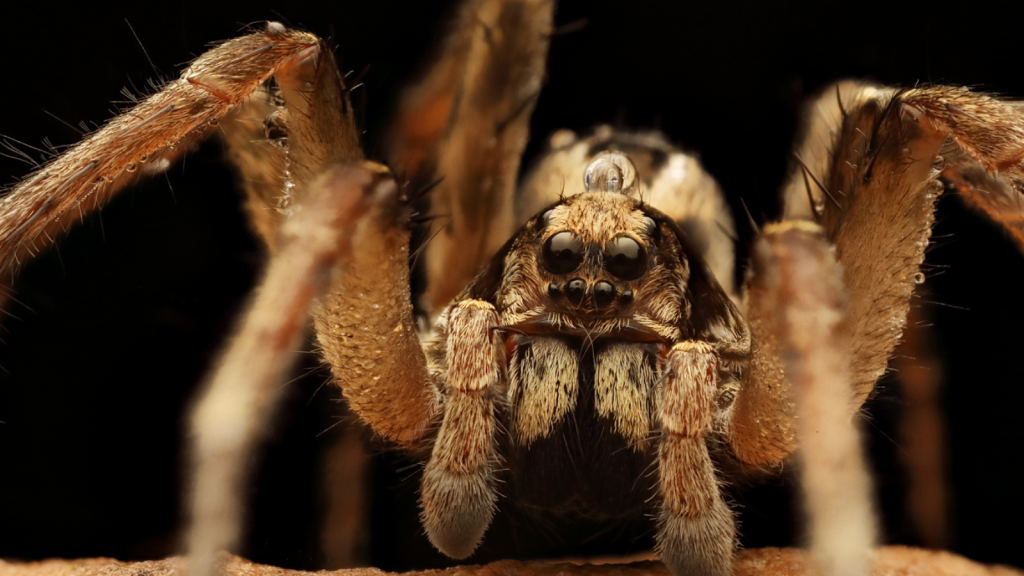Wolf spiders are a remarkable group of arachnids found across the UK and around the world. These agile hunters get their name from their wolf-like hunting style, actively chasing down prey rather than spinning webs. With their large eyes and hairy bodies, wolf spiders might look intimidating, but they’re actually quite beneficial to gardens and homes. These spiders help control pest populations and are generally harmless to humans. From their unique parenting techniques to their impressive hunting skills, wolf spiders are full of surprises. Here are 15 fascinating facts about these misunderstood creatures that might just change the way you view them. I generally just co-exist with the wolf spiders in my home, as it’s an old building, there’s no real way to keep them out, and they keep the numbers of insect pests down.
They Have Excellent Eyesight
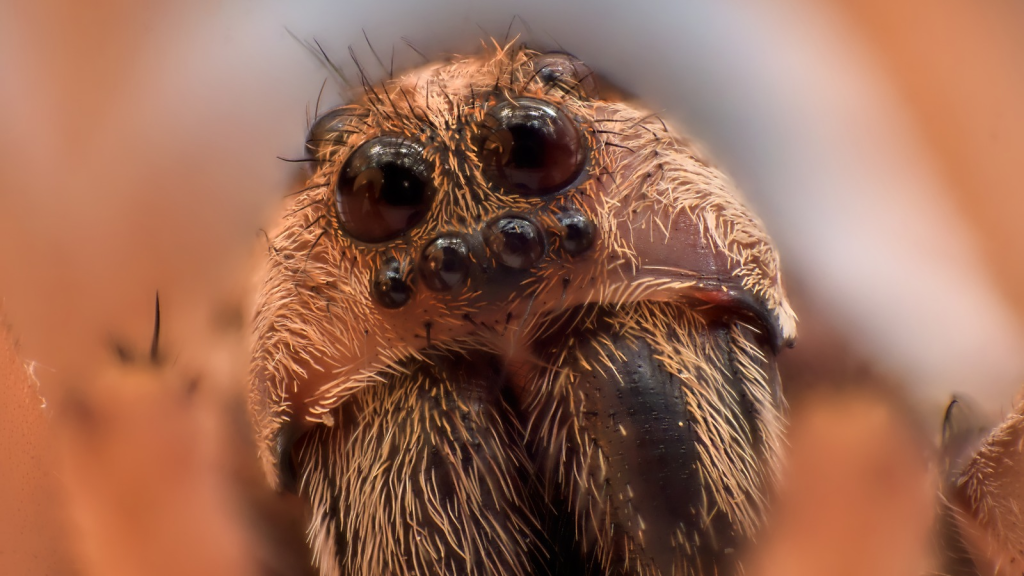
Wolf spiders have eight eyes arranged in three rows, giving them nearly 360-degree vision. The top two eyes are particularly large and act like a pair of binoculars, helping the spider spot movement from afar. This keen eyesight is crucial for their hunting style, allowing them to detect and chase down prey with remarkable accuracy. Interestingly, the arrangement and size of their eyes can help arachnologists identify different wolf spider species.
They’re Fast Runners
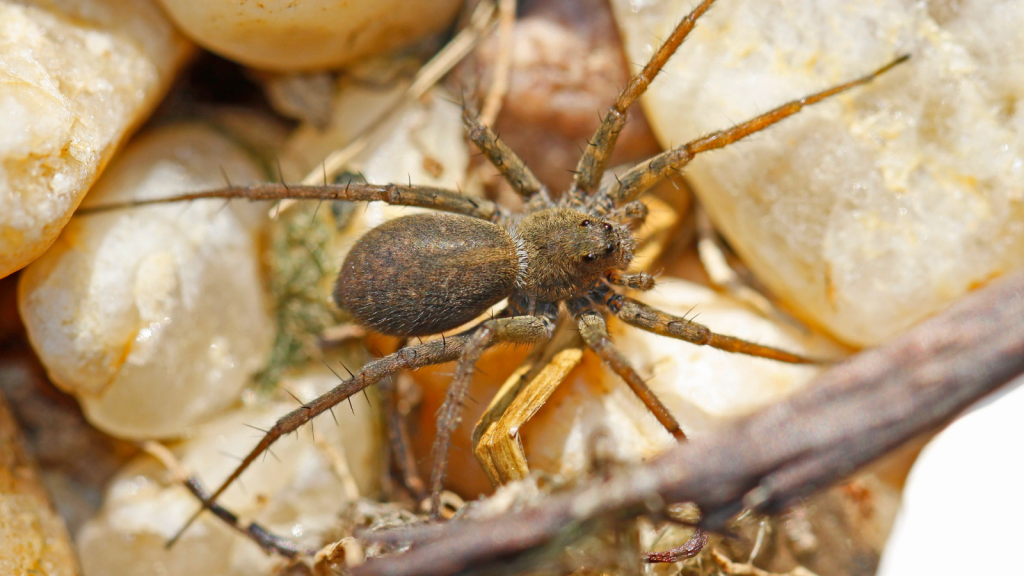
These spiders can move at speeds of up to two feet per second. That might not sound like much, but for their size, it’s incredibly quick. Their speed allows them to chase down prey and escape from predators. Wolf spiders use this speed to hunt actively, unlike many other spiders that rely on webs to catch their meals. Their impressive speed is made possible by their strong legs, which are also equipped with sensitive hairs that detect vibrations in the air and ground.
They Carry Their Babies on Their Back
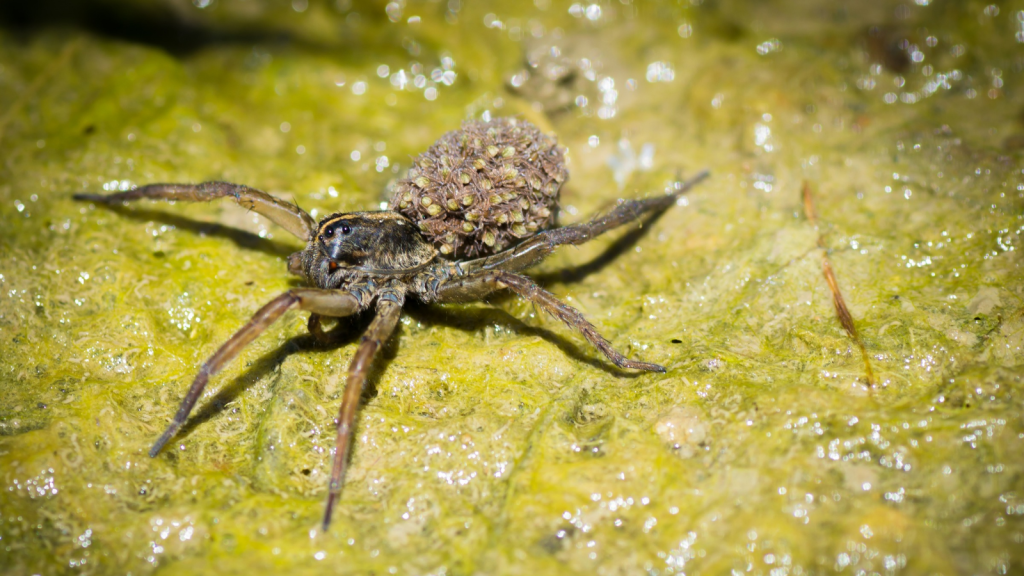
Female wolf spiders exhibit remarkable maternal care. After their eggs hatch, the mother carries her spiderlings on her back for several weeks. This behaviour protects the young spiders from predators and helps them disperse when they’re ready to live independently. It’s not uncommon to see a female wolf spider scurrying about with dozens of tiny babies clinging to her abdomen. The mother will even share food with her offspring during this time, regurgitating liquid meals for them.
They Don’t Spin Webs
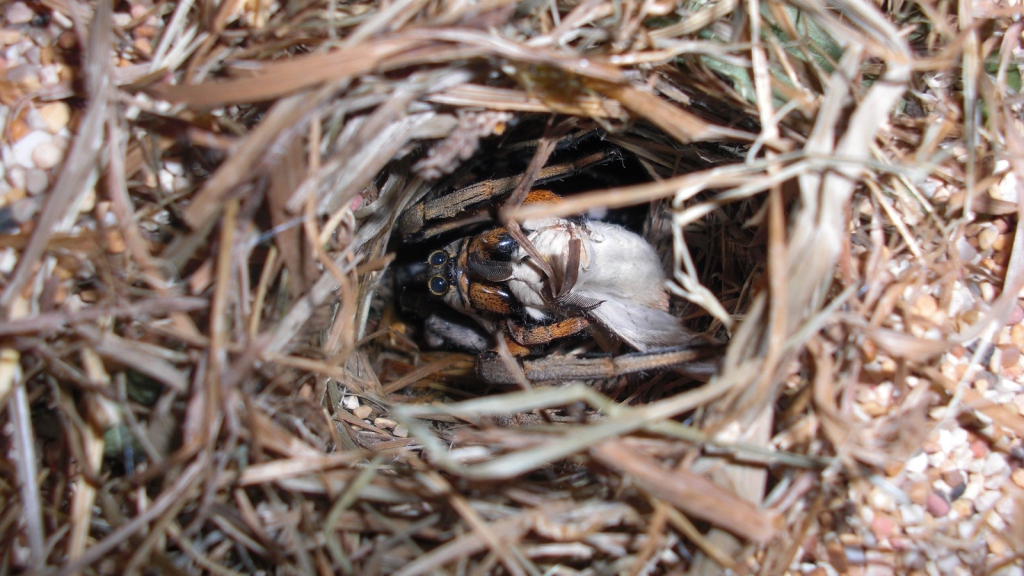
Unlike many other spiders, wolf spiders don’t build webs to catch prey. Instead, they’re active hunters that chase down their food. They use their speed and excellent eyesight to spot and capture insects and other small creatures. Some species will dig burrows or hide under leaves to ambush passing prey. Their hunting strategy is so effective that wolf spiders can survive in environments where web-building would be impractical, such as on the forest floor or in open fields.
They Glow Under UV Light
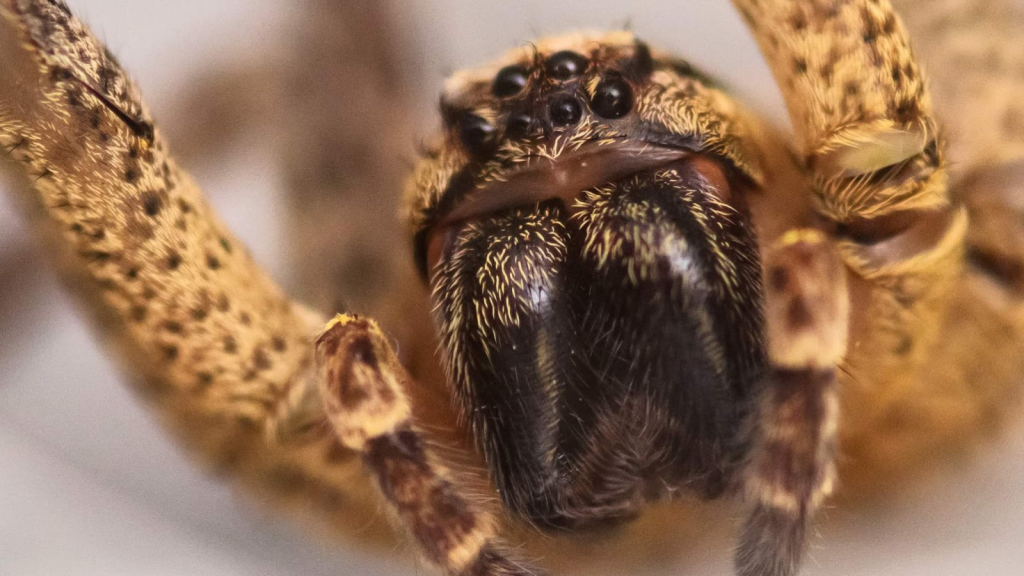
In a fascinating twist, wolf spiders’ eyes reflect light, similar to cats’ eyes. Under UV light, their eyes glow an eerie greenish-blue colour. This feature makes it easy for researchers to spot wolf spiders at night simply by shining a UV torch across the ground. It’s a handy trick for amateur naturalists looking to observe these nocturnal hunters in action. This reflective layer in their eyes, called the tapetum lucidum, enhances their night vision by reflecting light back through the retina a second time.
They’re Found All Over the UK
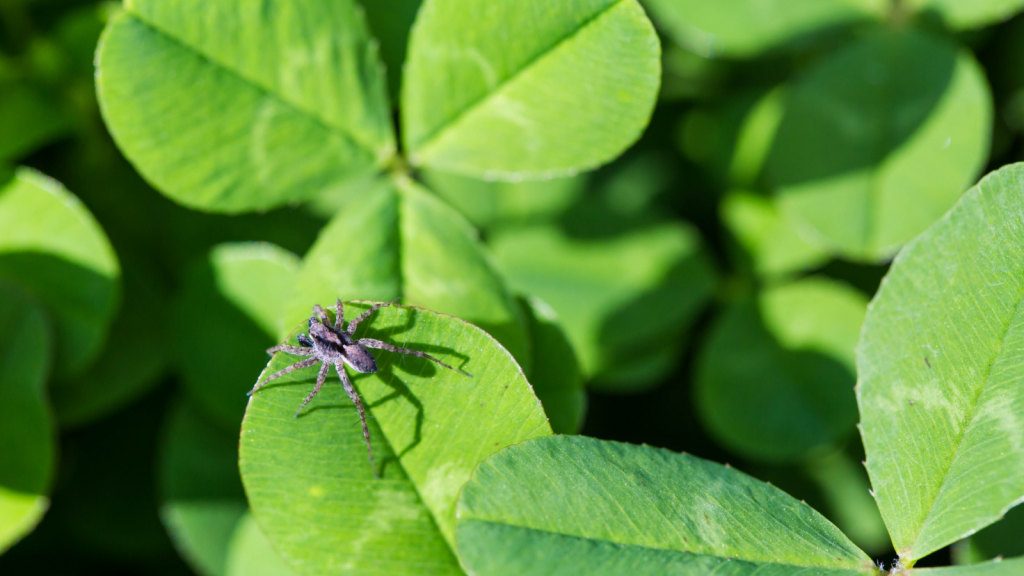
Wolf spiders are common throughout Britain, from gardens and woodlands to coastal areas. There are over 20 species of wolf spider in the UK, ranging in size from tiny 3mm specimens to larger 20mm varieties. You’re likely to spot them in your garden, especially if you have a compost heap or log pile where they can hide. One of the most common species in British gardens is the Pardosa amentata, often seen running across lawns or hiding under stones.
They Use Vibrations to Communicate
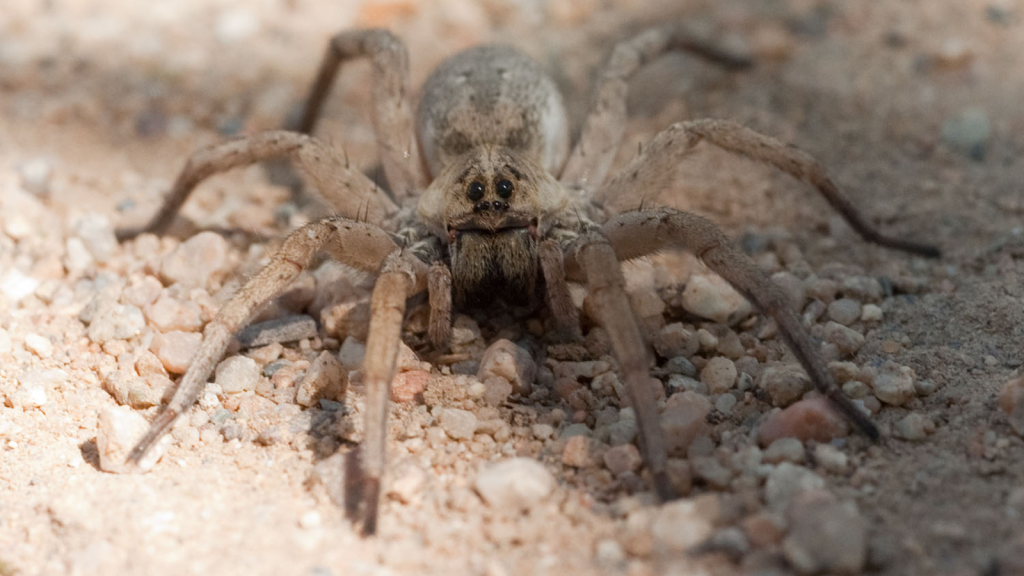
Male wolf spiders perform complex courtship dances to attract mates. They create vibrations by drumming their pedipalps (leg-like appendages near their mouths) on the ground. Females can feel these vibrations through their legs, which are highly sensitive to movement. This vibrational courtship helps the female determine if the male is of her species and a suitable mate. Each species has its own unique drumming pattern, acting like a secret code to ensure they find the right partner.
They Have Excellent Camouflage
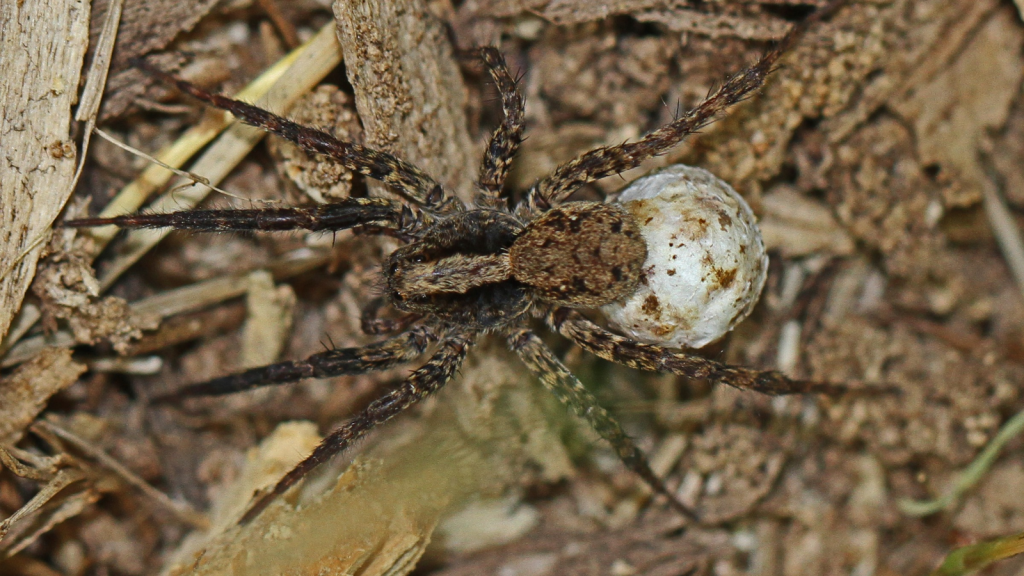
Many wolf spider species have mottled brown or grey colouring that helps them blend in with their surroundings. This camouflage is crucial for both hunting and avoiding predators. Some species can even change their colour slightly to better match their environment, although this process takes several days. Their camouflage is so effective that they often go unnoticed until they move, despite being relatively large and common in many habitats.
They’re Beneficial for Gardens
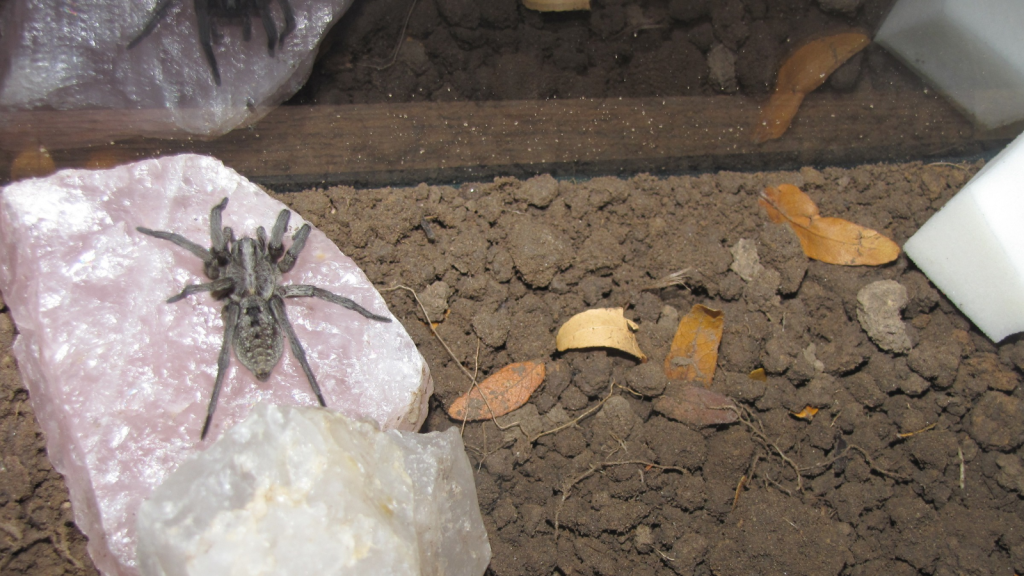
Wolf spiders are excellent natural pest controllers. They feed on a variety of insects, including many that can damage garden plants. By allowing wolf spiders to thrive in your garden, you’re employing a free, eco-friendly pest management service. They’re particularly good at controlling populations of crickets, earwigs, and other ground-dwelling insects. A single wolf spider can eat up to 2,000 insects in a year, making them incredibly effective allies in maintaining garden health.
They Can Walk on Water
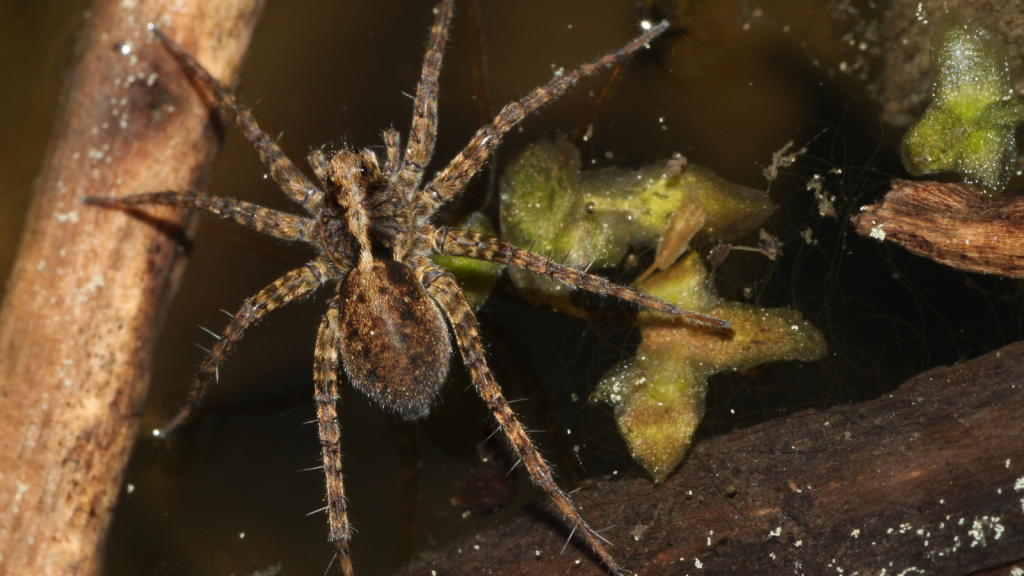
Some species of wolf spider can walk on water, a feat known as surface skimming. They use their hydrophobic (water-repelling) hairs and light body weight to stay atop the water’s surface. This ability allows them to escape predators and hunt aquatic or semi-aquatic prey, expanding their hunting grounds significantly. Some wolf spiders can even dive underwater for short periods, trapping air bubbles in their body hairs to breathe.
They Have Impressive Night Vision
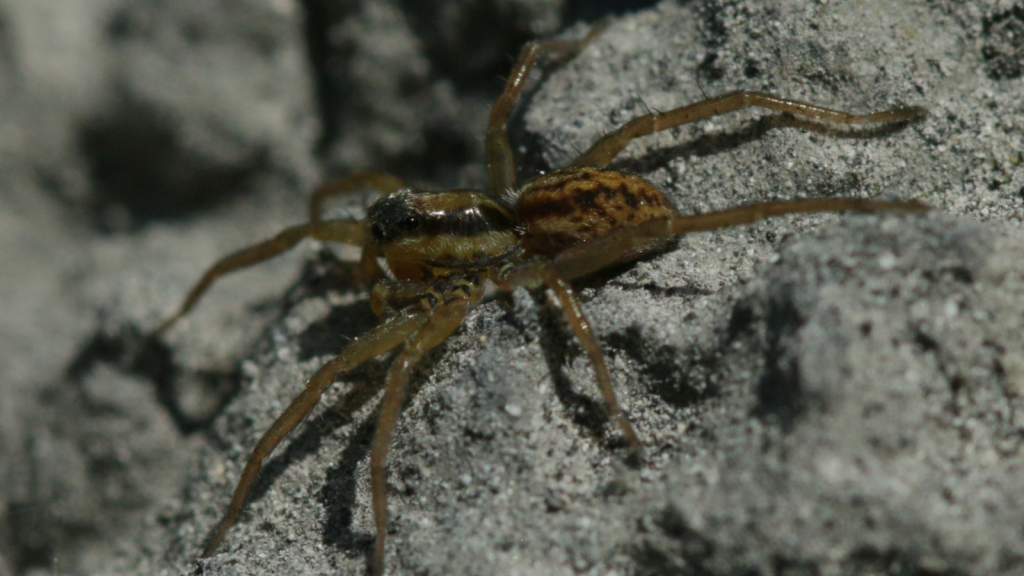
Wolf spiders have a layer of tissue in their eyes called a tapetum lucidum, which reflects light back through the retina. This feature enhances their ability to see in low-light conditions, making them efficient nocturnal hunters. It’s the same feature that causes their eyes to glow under UV light. This adaptation allows wolf spiders to be active at night when many of their prey species are also most active, giving them a significant hunting advantage.
They’re Surprisingly Long-Lived
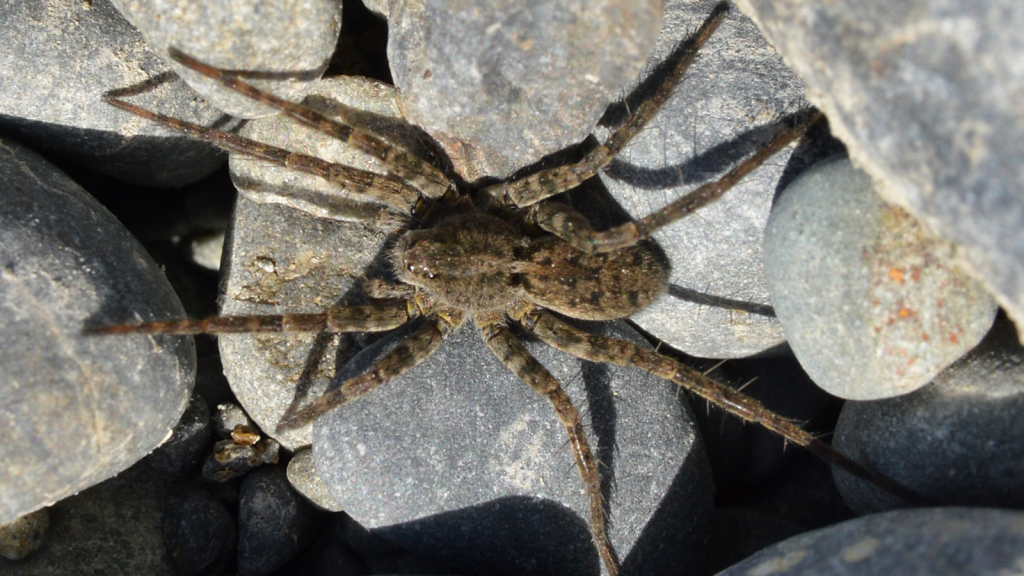
For such small creatures, wolf spiders have a relatively long lifespan. In the wild, they typically live for about a year, but in captivity, some species can live for several years. Females generally live longer than males, with some reaching up to three years old under optimal conditions. This longer lifespan allows female wolf spiders to produce multiple egg sacs over their lifetime, potentially giving birth to hundreds of offspring.
They Use Silk, But Not for Webs
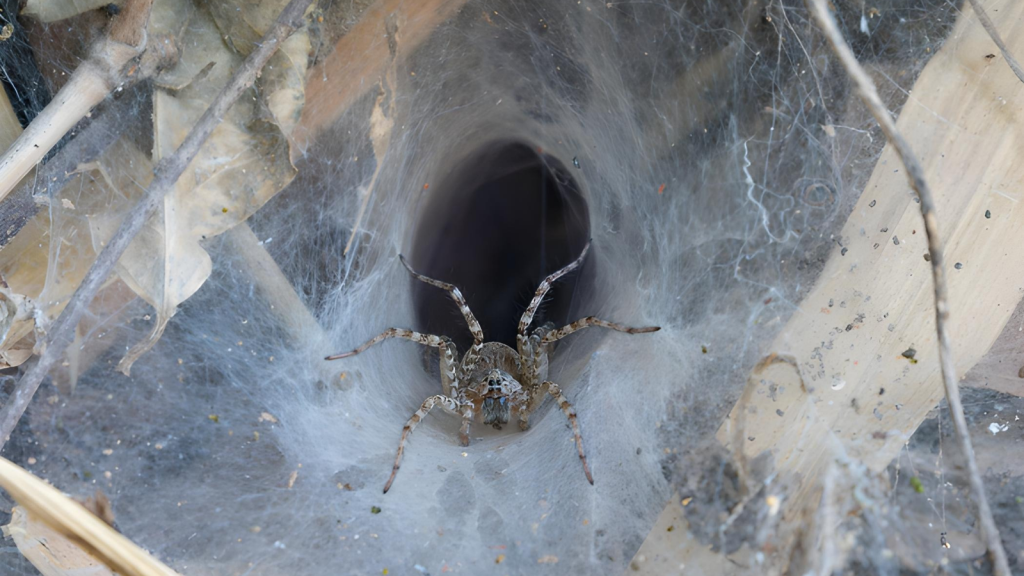
While wolf spiders don’t spin webs for catching prey, they do produce silk for other purposes. They use silk to line their burrows, create egg sacs, and sometimes to create drag lines as they move about. Some species even use silk to create small ‘diving bells’ filled with air, allowing them to hunt underwater for short periods. Female wolf spiders also use silk to wrap their eggs in a protective cocoon, which they then carry around attached to their spinnerets.
They Have a Venomous Bite, But It’s Harmless to Humans
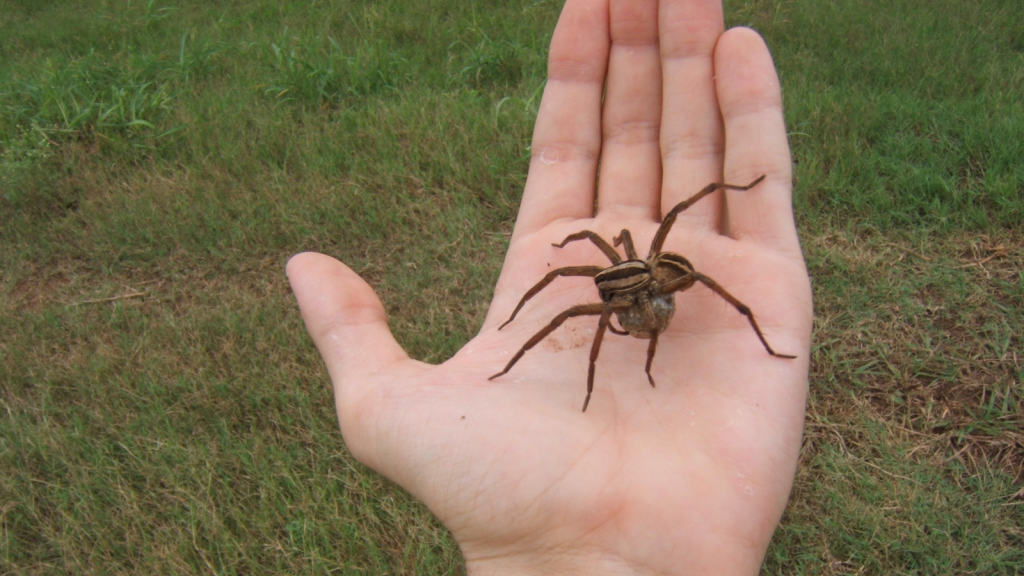
Like most spiders, wolf spiders are venomous, but their venom is not dangerous to humans. Their bite is often compared to a mild bee sting and typically only causes minor pain and swelling. Wolf spiders are not aggressive and will only bite if handled roughly or threatened. In the UK, there’s no need to fear these helpful garden allies. If bitten, simple first aid like washing the area and applying a cold compress is usually sufficient treatment.
They’re Incredibly Diverse
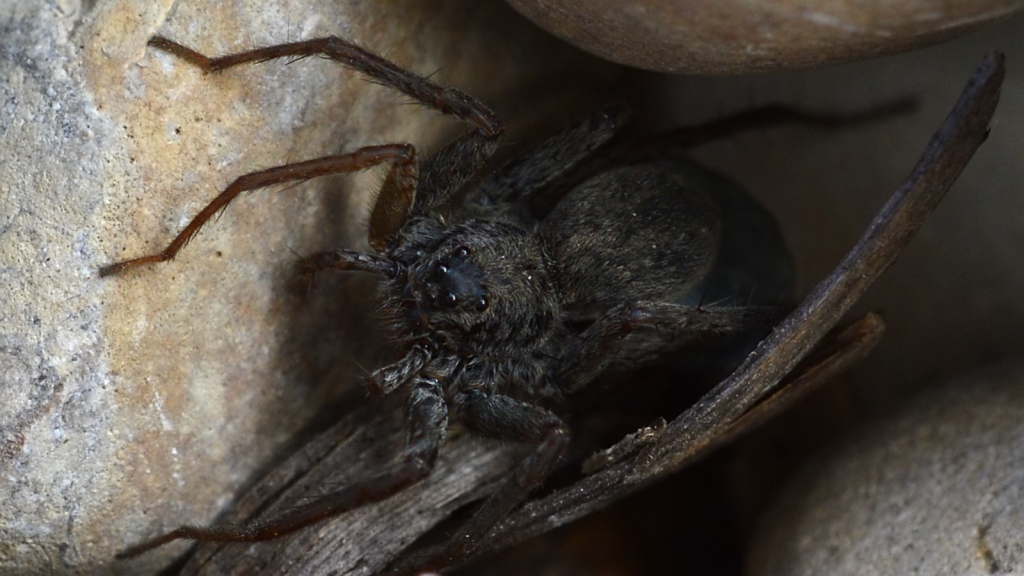
There are over 2,300 species of wolf spider worldwide, ranging in size from 1mm to 35mm in body length. This diversity allows wolf spiders to inhabit a wide range of environments, from the Arctic tundra to tropical rainforests. In the UK alone, we have species adapted to various habitats, from coastal dunes to urban gardens. This incredible adaptability has made wolf spiders one of the most successful spider families, found on every continent except Antarctica.

